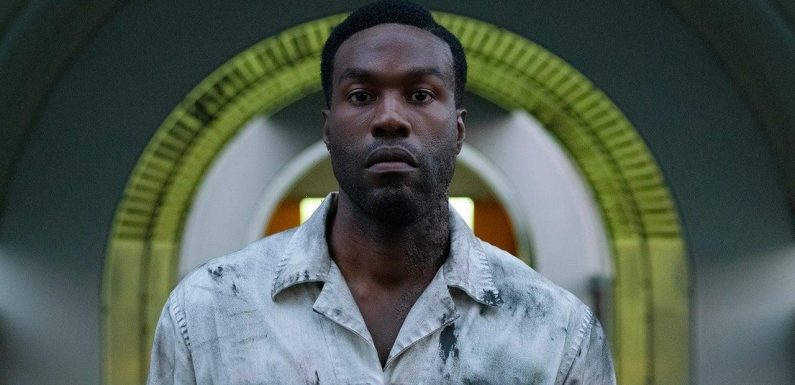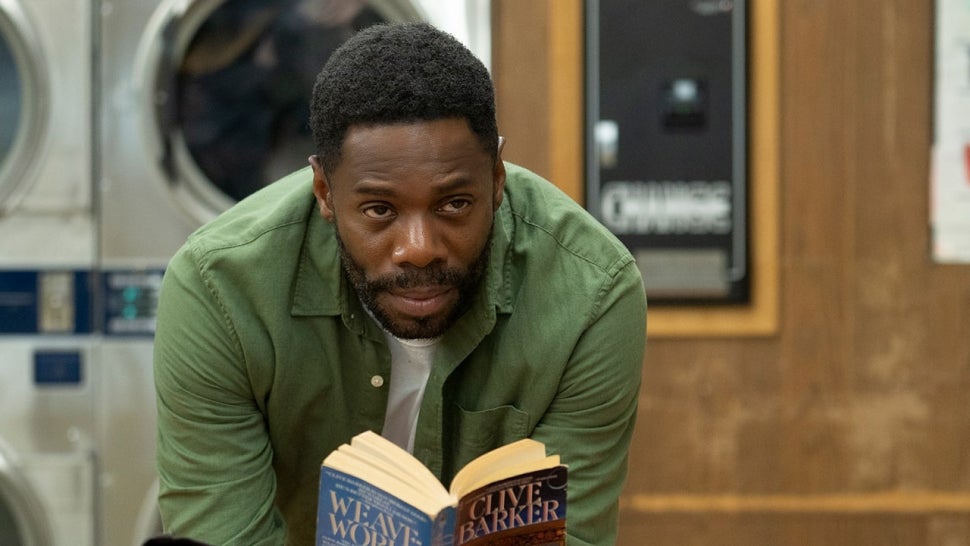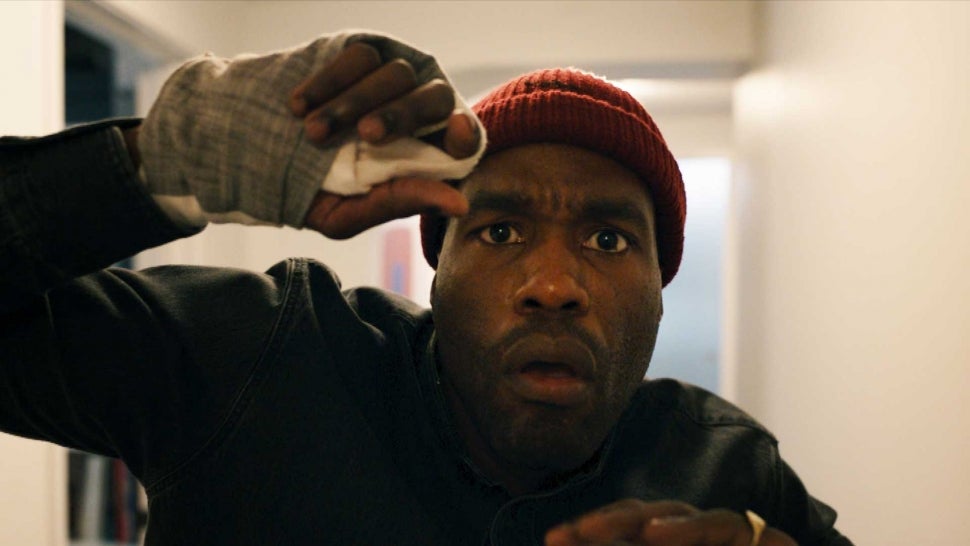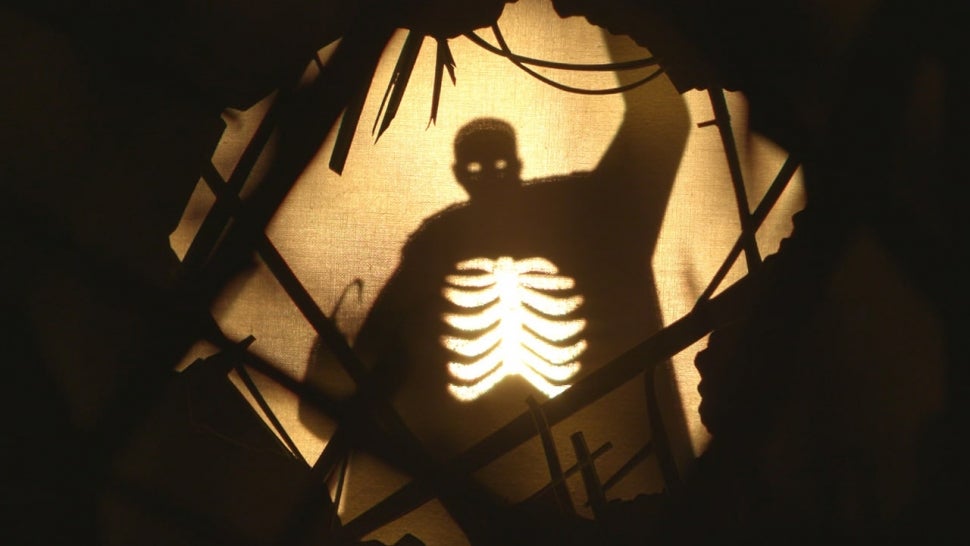
Directed by Nia DaCosta and written by Jordan Peele, Win Rosenfeld and DaCosta, Candyman stars Yahya Abdul-Mateen II as artist Anthony McCoy, who draws inspiration from the remnants of Chicago’s now-gentrified Cabrini-Green neighborhood and subsequently gets sucked into the lore of the titular killer with a hook for a hand. Both the director and star open up to ET about the film’s ending — and what that means for the future of the franchise.
“I’m such a big fan I thought that I’ll come at it from the perspective of someone who just lovingly wants to see what else this legend and this story could do,” DaCosta says.
Ignoring the two middle installments, 1995’s Farewell to the Flesh and 1999’s Day of the Dead, the 2021 film picks up 30 years after the events of the 1992 original starring Tony Todd as Candyman alongside Virginia Madsen as Helen Lyle and Vanessa Estelle Williams as Anne-Marie McCoy. At the end of that film, Helen, who was previously thought to be responsible for multiple murders in the neighborhood, rescues Anne-Marie’s baby from a bonfire that the Candyman was using to immolate both the woman and child.
After first hearing the story of a vengeful spirit that is summoned when his name is repeated in the mirror five times from his girlfriend’s brother, Troy (Nathan Stewart-Jarrett), Anthony becomes fascinated with the lore. And when his painting career starts to stall, he finds himself drawn to the now-gentrified neighborhood for inspiration. But it’s after a chance encounter with a Cabrini-Green old timer, William (Colman Domingo), that Anthony finds himself getting lured deeper and deeper into the tragedies that still haunt the area.
First stung by a bee, Candyman’s physical manifestation when not summoned through a mirror, Anthony’s body slowly deteriorates over time, much to the concern of his girlfriend, art curator Brianna (Teyonah Parris), who grows increasingly worried and frightened by her boyfriend’s obsession with the macabre events.
It’s only when Anthony finally visits his mother, Anne-Marie (reprised here by Williams), that it’s confirmed that he is the baby that Candyman desperately wanted all those years before — and it explains his inability to pull himself away from it all.
“It’s interesting to watch Anthony’s transform or to watch him sort of deteriorate and change from one state to another,” Abdul-Mateen says, noting that while “visually, it’s pretty impressive,” it’s also tragic to watch.
In the end, it’s revealed that William was the boy at the beginning of the film who encountered Candyman, but was not killed by him. Instead, he’s been tortured by his presence ever since, and decides to finish what was started 30 years ago. “He’s trying to incite and invoke and bring this thing back because he’s carrying all of this history,” says Domingo, who reveals that William was actually carrying all the tools to create Candyman when he first met Anthony in the row houses. “The saw is in there, the hook is in there.”
Ultimately, William is responsible for carrying out Anthony’s transformation into a new incarnation of Candyman, completing his “mission to make sure the legend still exists,” Domingo says. And in the end, the sequel actually becomes a modern-day, trauma-filled origin story.
“I wanted to know the person behind the story, because that’s what I always want when something terrible has happened in the real world when the person’s life sort of recedes into the background and they become sort of this face, this name,” DaCosta says of experiencing what Anthony goes through over the course of the film. “The humanity is important. The story, the hurt, the joy, the pain, all of that stuff.”
She adds, “So that’s why I knew I wanted this movie to be about the creation of Candyman.”
“The way we do it allows us to present a Candyman that the audience can understand and empathize with more than fear,” Abdul-Mateen says, adding that when it comes to the future of the franchise, the actor is most curious how this influences the stories that are told.
“How does this inspire us to tell stories where we take trauma and turn it into situations that lead us turning it into agency over our own trauma or turning it around for something good or something powerful? I think I’ll just leave it with that.”
Candyman is now in theaters.
Source: Read Full Article


